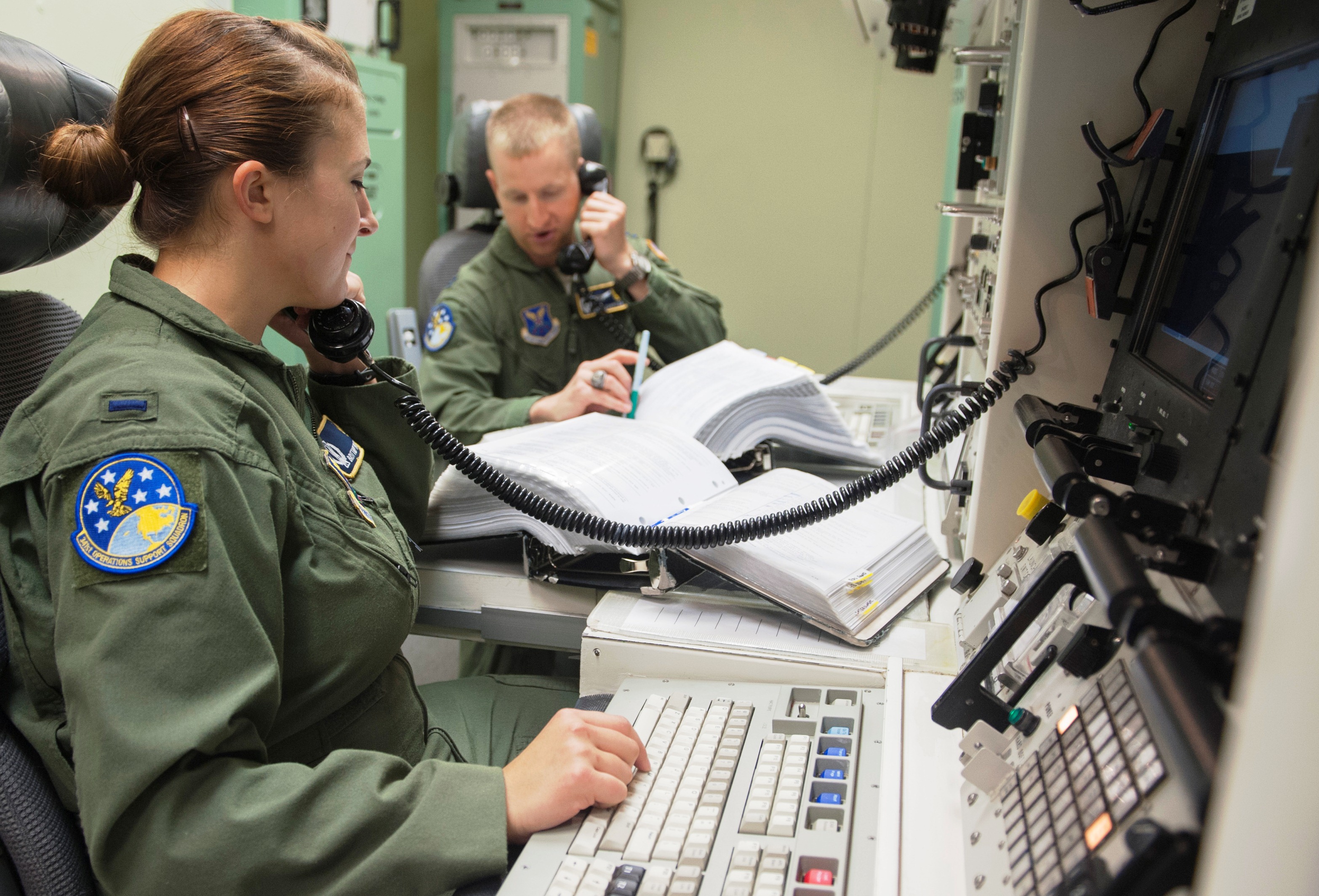Alt-NPR Series #3: Prioritizing Nuclear Command and Control
In September 2018, Global Zero, in collaboration with the Program of Science and Global Security at Princeton University, released an alternative to the Trump Administration’s Nuclear Posture Review (NPR) — “The End of Nuclear Warfighting: Moving to a Deterrence-Only Posture.” Global Zero has a four-part series breaking down the key recommendations of the report and what it means on the path to elimination of all nuclear weapons. The first two discussed nuclear targeting and nuclear force changes. This is part three.
The first two posts in this series showed the United States can maintain a credible deterrent with a much smaller nuclear arsenal. The smaller force has implications for current plans to modernize the nuclear arsenal to the tune of $1.7 trillion (with inflation). By moving to a deterrence-only posture, the U.S. would reduce or cancel unnecessary weapons programs, saving billions of dollars. This frees up room in the defense budget to focus on strengthening vulnerable nuclear command, control and communications (NC3) networks, and early-warning systems.
Fielding a nuclear monad of submarines, as our Alternative NPR recommends, with a reserve bomber force and 1,100 total nuclear warheads allows for a reassessment of current modernization plans. Changes include:
- Building only five ballistic missile submarines rather than twelve;
- Maintaining only 40 bombers (the type of which would be left to decision makers) rather than the Pentagon’s order for 100 new and 75 refurbished bombers;
- Cancelling plans for new low-yield nuclear weapons;
- Cancelling development of hundreds of new silo-based missiles (the Ground-based Strategic Deterrent).
Overall savings would depend on various characteristics such as the makeup of the reserve bomber force. However, cancelling the development of new silo-based missiles alone would save somewhere between $85-140 billion.

The money saved should be redirected to improving vulnerable nuclear command, control and communications (NC3) networks, and early-warning systems. Cyberwarfare, anti-satellite warfare, and other advancements in adversarial capabilities threaten to undermine current U.S. systems that rely on satellites and communication networks to direct nuclear forces during conflict.
NC3 networks and early-warning systems are vital to allow the president or their constitutional successor the maximum amount of time to authorize nuclear use. This does not mean the president should be the sole decision maker – one person should not hold the absolute power to jumpstart a nuclear war. The president must be able to consult with key national security advisors and, if time permits, Congress.
Strengthening these systems are critical to ensuring the survivability of the president, their legal successors, national command centers and communication links. Without a resilient command system, the U.S. risks losing control over its nuclear forces in a conflict. That risk encourages early use of nuclear weapons before communication is lost. A deterrence-only strategy depends on a credible ability to respond to an attack, even a massive one. Strengthening these systems should take precedence over spending lavishly on weapons. If command and control fails, nothing else matters.
Shifting U.S. nuclear strategy to one based on a deterrence-only role for nuclear weapons would lead to a dramatically reduced and more secure nuclear arsenal. The final piece of the series will lay out how this shift is a big step toward the ultimate goal of eliminating nuclear weapons everywhere.
This post is a modified version of remarks given at the Ploughshares Fund event on November 16, 2018 “The Future of U.S. Nuclear Weapons Policy.” The full presentation can be seen here.